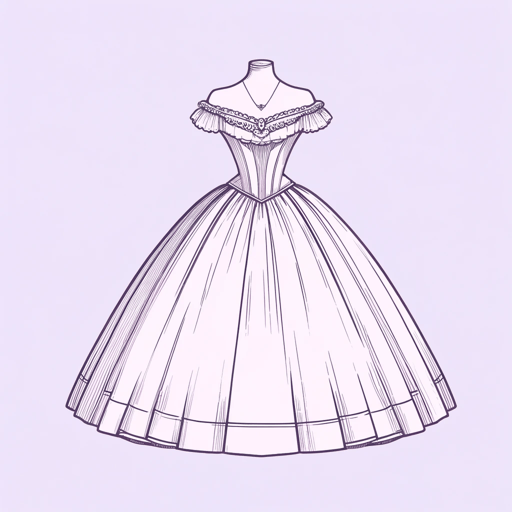52 pages • 1 hour read
Elizabeth GaskellMary Barton: A Tale of Manchester Life
Fiction | Novel | Adult | Published in 1848A modern alternative to SparkNotes and CliffsNotes, SuperSummary offers high-quality Study Guides with detailed chapter summaries and analysis of major themes, characters, and more.
Themes
The Divisive Nature of Industrialization
One of the main subjects of Mary Barton is the suffering the Victorian working class faced at the hands of their employers. Gaskell’s novel explores how growing industrialization divided people of different classes and led them to view one another not as fellow humans but as antagonists. This theme is personified by the characters of John Barton and Carson, who exemplify men who dehumanize others on the other side of the divide to further their own worldviews.
The novel establishes Barton’s dislike for people of the upper class early on in the novel. When Wilson remarks that Barton “never could abide the gentlefolk,” Barton asks, “And what good have they ever done me that I should like them?” (12), highlighting the hatred he has toward the mill owners who keep him poor. Industrialization caused a large gap in both wealth and power for the owners of mills and their workers. Where the former saw the profits from production, the latter’s need for work was exploited as cheap labor, leading to a widening gap in income, opportunity, and education. One mill owner meeting with his workers calls them “the cruel brutes; they’re more like wild beasts than human beings,” leading the narrator to question in an aside: “who might have made them different?” (211).
Related Titles
By Elizabeth Gaskell
Featured Collections
Books that Feature the Theme of...
View Collection
Class
View Collection
Class
View Collection
Equality
View Collection
Family
View Collection
Romance
View Collection
School Book List Titles
View Collection
Victorian Literature
View Collection
Victorian Literature / Period
View Collection






